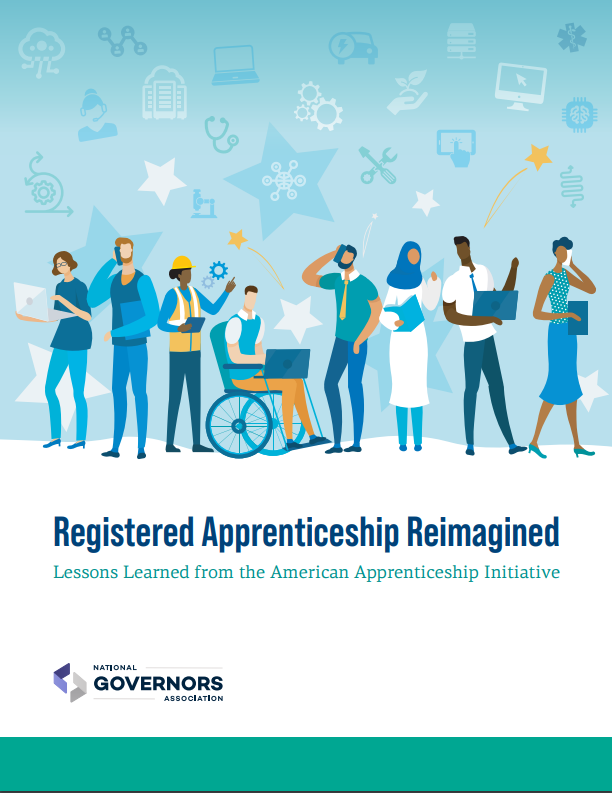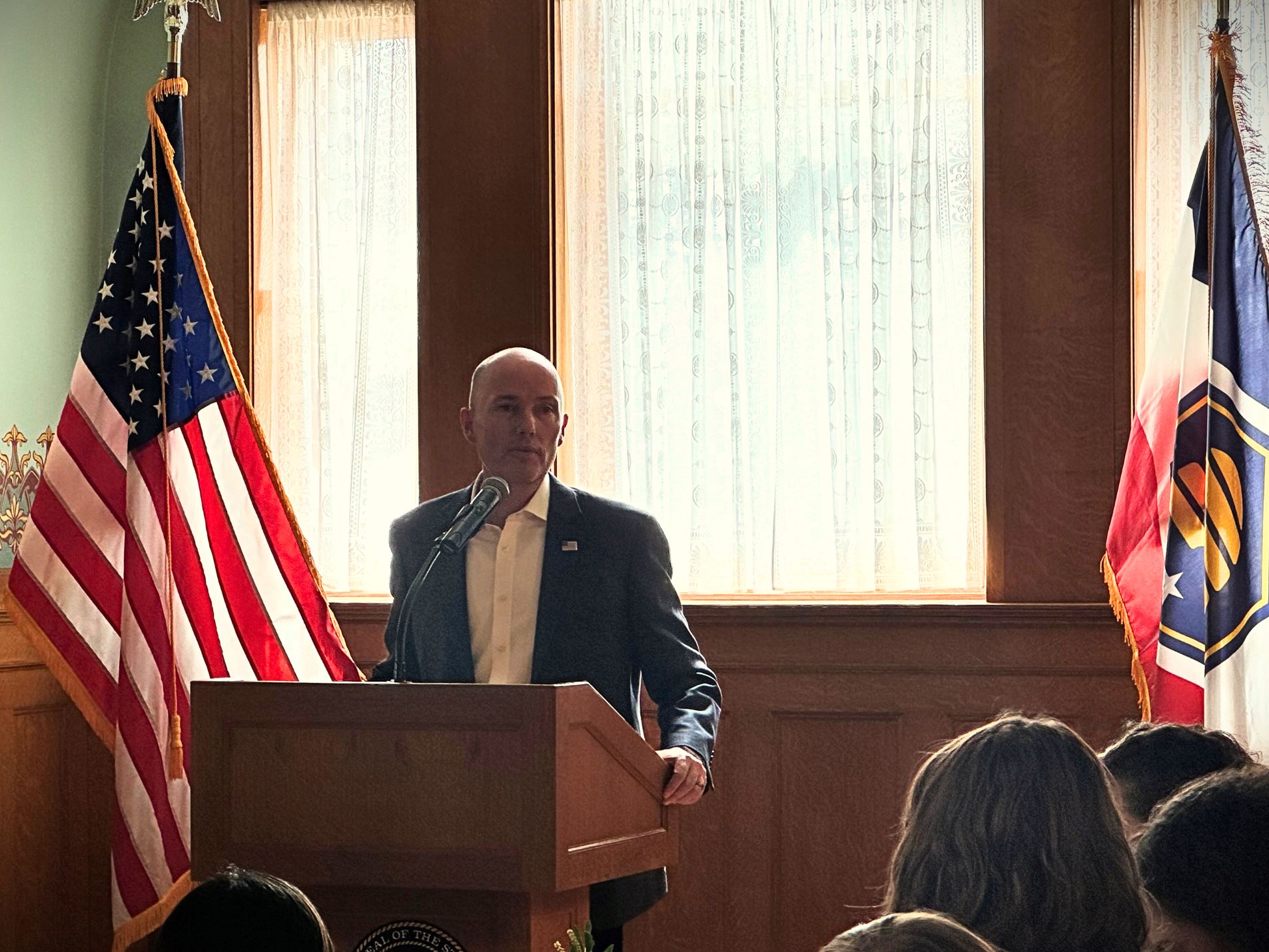Lessons Learned from the American Apprenticeship Initiative
Introduction
Registered apprenticeship has traditionally experienced the most popularity in the skilled trades, and for several years was utilized at low and declining rates across the United States. Interest in expanding the use of registered apprenticeship began to increase as major successes using the model were observed in countries such as Britain and Switzerland, as well as in leading states such as South Carolina. In 2015, the U.S. Department of Labor made a historic and unprecedented investment in the future of the American workforce. The $175 million, five-year American Apprenticeship Initiative (AAI) grant program was the largest federal investment made to date in support of expanding registered apprenticeship in the United States, particularly into new sectors and more diverse populations. Its goal was to register at least 34,000 new apprentices in high-growth and high-tech industries such as health care, information technology (IT) and advanced manufacturing by 2020, especially from populations traditionally underrepresented in apprenticeship including women and people of color.
Since March 2020, the American economy has been under stress because of the coronavirus disease 2019 (COVID-19) pandemic, which occurred during the final half-year of AAI. In this environment, registered apprenticeship will continue to be an important long-term education and talent development strategy. A skilled workforce will be foundational to a strong and more equitable economic recovery, and registered apprenticeship provides a proven avenue through which to deliver that much needed talent. Registered apprenticeship is a workforce and education strategy that has enjoyed strong bipartisan support at both the federal and state levels.
To help governors and other state and federal policymakers expand access to registered apprenticeship as a workforce and education strategy, the National Governors Association Center for Best Practices (NGA Center) prepared Registered Apprenticeship Reimagined to share promising practices and lessons learned from AAI. This report includes strategies and examples of best practices that led to measurable results and attainment of grantees’ AAI project goals. The NGA Center staff gathered lessons learned from the AAI cohort through one-on-one interviews with grantees, data analysis, facilitated discussions at national meetings, monthly technical assistance activities and a roundtable of high-performing grantees.
Through this research, the NGA Center identified the following characteristics of grantees that met or came close to meeting their AAI goals, to develop a success factor framework for reimagining registered apprenticeship for new industry sectors and populations:
- Their projects prioritized sustainability from inception, creating partnerships and resource ecosystems that help their programs thrive in the long term.
- They used partnerships to incorporate a variety of perspectives and resources that can support programmatic success.
- They established simplified processes to help employer partners engage in registered apprenticeship.
- Their program structures provided flexibility based on employer feedback, industry demand and apprentice needs
“I was underemployed, working menial low-paying jobs. One right after the other. I worked the overnight shift. I made less than 10 dollars an hour… There was no upward movement. That was my future. That is no longer my future thanks to the grant-funded program. Now, I know that I will graduate as a nationally certified pharmacy technician. It means that I will be able to get into the workforce with a career… and I can provide a good quality of life for my family.”
CVS Health pharmacy technician from Dallas Community College, partner of AAI grantee Houston Community College
AAI grantees successfully grew the RAP model into new industries and extended it to more diverse populations. AAI grantees included a variety of state and local agencies, postsecondary educational institutions, labor unions, industry associations, local workforce boards and nonprofit organizations (NPOs) in partnership with business and other community representatives. Each grantee partnership was awarded between $2 million and $5 million to build new programs or expand preexisting programs in high-growth occupations that had not previously taken advantage of the apprenticeship model, with a focus on engaging underserved populations. Each grantee identified target populations based on the regions and industries in which the grantee operated.
As of June 2020 the 44 AAI grantees initiated 2,019 new programs, registered 24,675 apprentices, of which 14,486 were from underrepresented populations, and served a total of 34,238 participants through their registered apprenticeship programs as well as pre-apprenticeship programs and other related activities. As of June 30, 2020, 4,680 individuals have completed an AAI-supported RAP, a number that is expected to grow as many of the RAPs created and expanded as a result of AAI will continue after grant completion.

Governors and state and federal policymakers are encouraged to reference this report when deciding which types of organizations, programs or apprenticeship-building activities to support. Likewise, organizations interested in developing quality apprenticeship programs can learn from the experiences of the AAI grantees and the promising practices outlined in this report.













